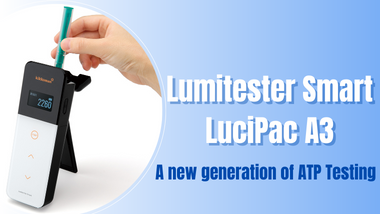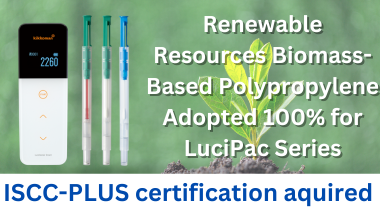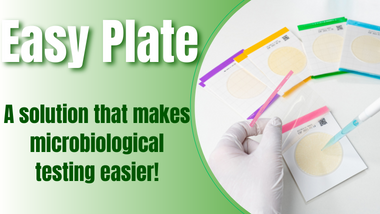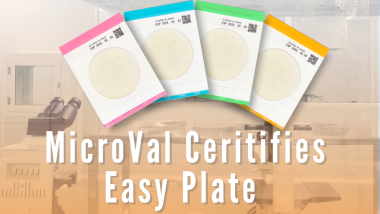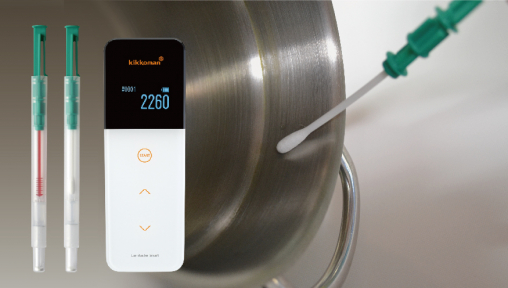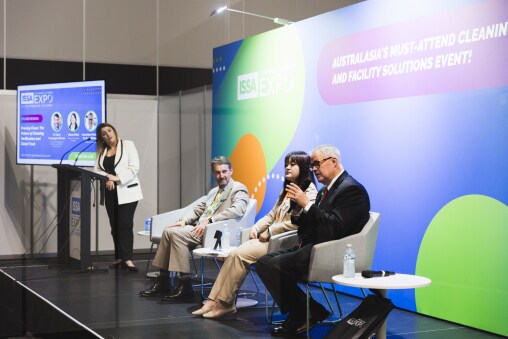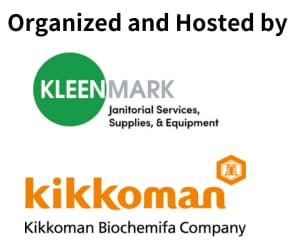Maximizing Cleanliness: Understanding ATP Test (Kikkoman A3) Pass/Fail Limits in ISSA Clean Standards
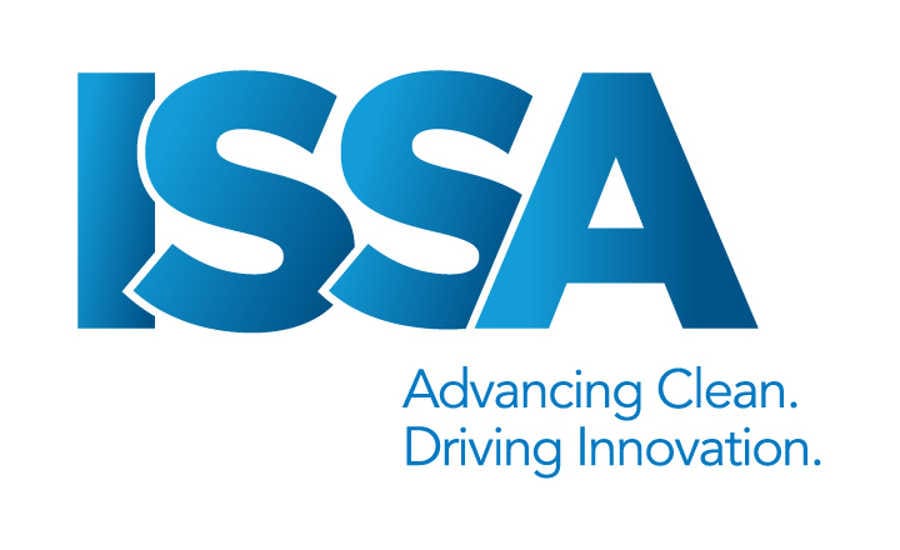
The ISSA Clean Standards provides a structured approach for schools and institutional facilities to evaluate the efficiency of their cleaning methods using ATP meters alongside traditional audits. Following the principle of "Clean, Measure, Monitor," these standards enhance indoor environmental quality.
The Clean Standard is a performance-oriented standard that is focused on:
- The desired levels of cleanliness that can be reasonably achieved;
- Recommended monitoring and inspection procedures designed to measure the effectiveness of cleaning procedures using quantitative measures (i.e., ATP Meters) and traditional methods (i.e., sight, smell, touch); and
- How to use the results of monitoring and inspection to evaluate and improve the cleaning processes and products that are critical to maintaining a safe and healthy indoor environment.
ATP RLU benchmark values serve as criteria for evaluating cleaning effectiveness. These values are determined using either specific site data or manufacturer’s recommendations.
Benchmark values typically include two RLU levels that categorize into three ranges: 1) Effective Cleaning, 2) Needs Improvement, and 3) Ineffective Cleaning (requires re-cleaning).
The two RLU levels are:1) a lower RLU level indicating “Effective Cleaning” or "pass," and 2) a higher RLU level indicating “Ineffective Cleaning” or "fail" necessitating re-cleaning. The interval between these thresholds is labeled as "Needs Improvement."
Recommendation for determination of pass-fail limits by Kikkoman
| Kikkoman Recommendation | |
|---|---|
| Effective Cleaning (Pass) | Lowest 80% of ATP measurements |
| Needs Improvement (Caution) | ATP measurements between the 80th percentile RLU level and twice that benchmark RLU value |
| Ineffective Cleaning (Fail) | ATP measurements exceeding the second benchmark value (2x the 80th percentile benchmark value) |
ISSA Standard
The recommended standards for measurements conducted using the Lumitester Smart and the LuciPac A3 Surface. ISSA established the benchmark with a sample collection size of 5cm x 5cm, whereas the manufacturer recommendation is 10cm x 10cm.
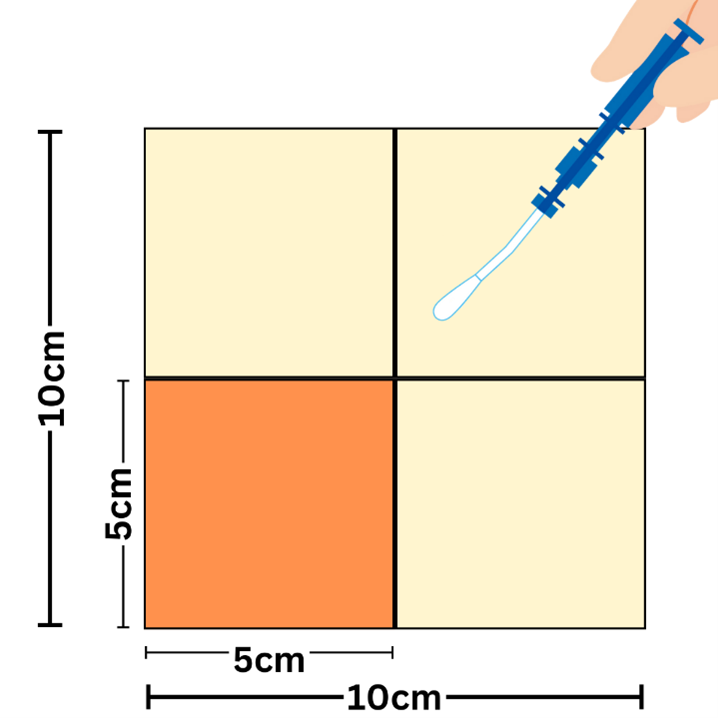
ISSA Clean Standard: Institutional & Commercial
| Post-Cleaning Effectiveness (ATP Luminescence Level in RLU) | ||
|---|---|---|
| Sample collection size | Kikkoman Recommendation (10 cm × 10 cm) |
ISSA Recommendation (5 cm x 5 cm) |
| Effective Cleaning | 2,000 or below | 500 or below |
| Needs Improvement | 2,001 to 4,000 | 501 to 1,000 |
| Ineffective Cleaning | 4,001 or above | 1,001 or above |
ISSA Clean Standard: K-12 Schools
| School Surface | Post-Cleaning Effectiveness (ATP Luminescence Level in RLU) | ||
|---|---|---|---|
| Effective Cleaning | Needs Improvement | Ineffective Cleaning | |
| Classroom Desks | 500 or below | 501 to 1,000 | 1,001 or above |
| Cafeteria Tables | 500 or below | 501 to 1,000 | 1,001 or above |
| Restroom Stall Doors | 500 or below | 501 to 1,000 | 1,001 or above |
| Sink Surroundings | 500 or below | 501 to 1,000 | 1,001 or above |
Converted to 10 cm x 10 cm based on Kikkoman recommendation
| School Surface | Post-Cleaning Effectiveness (ATP Luminescence Level in RLU) | ||
|---|---|---|---|
| Effective Cleaning | Needs Improvement | Ineffective Cleaning | |
| Classroom Desks | 2,000 or below | 2,001 to 4,000 | 4,001 or above |
| Cafeteria Tables | 2,000 or below | 2,001 to 4,000 | 4,001 or above |
| Restroom Stall Doors | 2,000 or below | 2,001 to 4,000 | 4,001 or above |
| Sink Surroundings | 2,000 or below | 2,001 to 4,000 | 4,001 or above |
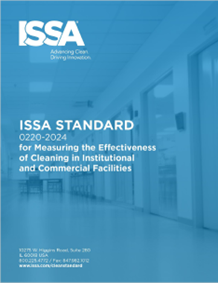
Clean Standard: Institutional & Commercial
For use in office buildings, retail stores, hotels, and similar establishments. It was originally based on research conducted in K-12 schools but has been modified to be more applicable and user-friendly in institutional and commercial settings.

ISSA Clean Standard: K-12 Schools
This standard is for K-12 school facilities, encompassing both public and private institutions. It utilizes both objective and subjective elements to define a methodology for assessing cleaning efficacy.



